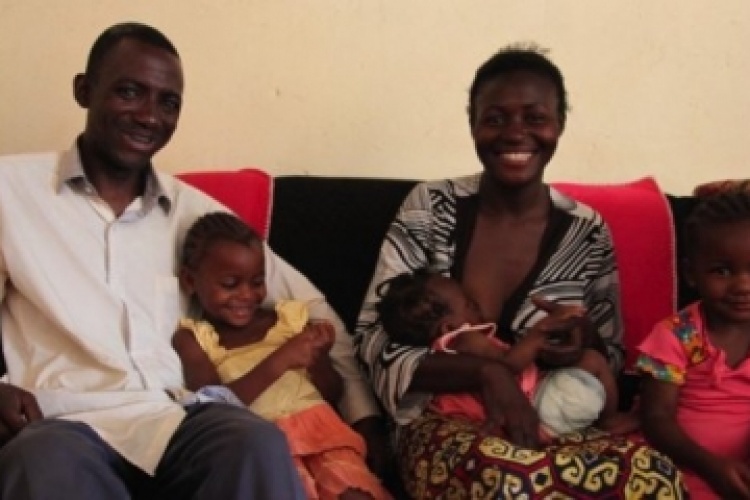Kenya Guidelines on use of Antiretroviral Drugs for Treating and Preventing HIV Infection
The Guidelines on use of Antiretroviral Drugs for Treating and Preventing HIV Infection in Kenya 2016 edition contain relevant information required by health care providers in the use of ARVs as of the date of issue. All reasonable precautions have been taken by NASCOP to verify the information contained in this guideline document. This guideline document is a publication of the National AIDS & STI Control Program, Ministry of Health Kenya.
